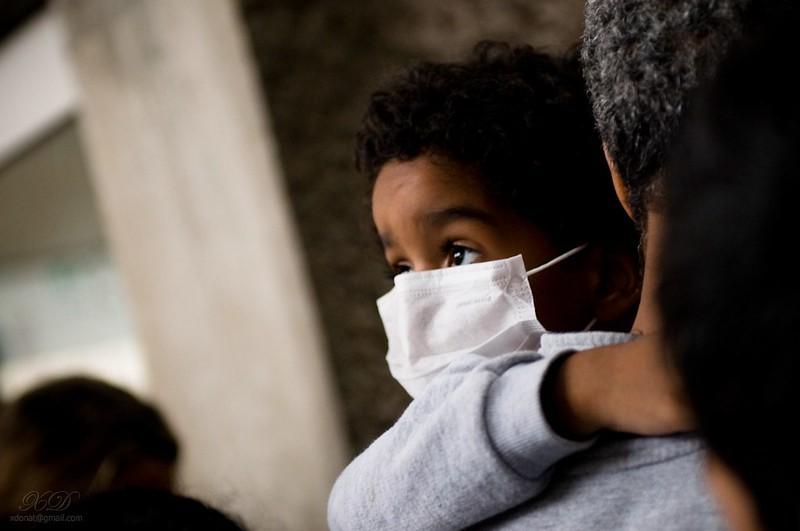A population-based study in Sweden found that recent use of antibiotics and proton pump inhibitors (PPIs)—drugs often used to relieve acid reflux—was associated with increased risk of Clostridioides difficile infection (CDI), particularly when used in combination, researchers reported yesterday in the Journal of Antimicrobial Chemotherapy.
While the use of antibiotics and PPIs have each been independently associated with increased risk of CDI in several studies, few studies have investigated the potential effects on CDI risk when used in combination. To do so, a team led by researchers at Sweden's Karolinska Institutet compared all 43,152 CDI patients diagnosed in Sweden from 2006 through 2019 with 355,172 matched population controls without CDI, assessing the impact of recent (0 to 30 days) and preceding (31 to 180 days) use of antibiotics and PPI on CDI and recurrent CDI risk.
Higher risk for recent use
Overall, 63% and 39% of patients with CDI were at some point exposed to antibiotics and PPIs before infection, respectively, compared with 16% and 14% of controls. When recently exposed to both, the odds for CDI were 17.51 (95% confidence interval [CI], 17.48 to 17.53) higher than among those not exposed, while the odds ratio [OR] was 15.37 (95% CI, 14.83 to 15.93) for antibiotics alone and 2.65 (95% CI, 2.54 to 276) for PPI alone. The effect of preceding use was less pronounced, with an OR of 9.13 (95% CI, 8.71 to 9.57) for combined use, 5.42 (95% CI, 5.26 to 5.57) for antibiotics alone, and 2.08 (95% CI, 2.01 to 2.15) for PPI alone.
While recent antibiotic use resulted in slightly higher odds of recurrent CDI (OR, 1.30; 95% CI, 1.23 to 1.38), recent PPI use was not associated with CDI recurrence (OR, 1.03; 95% CI, 0.94 to 1.12), and the combined effect was no different than the effect of antibiotics alone. Recent macrolides/lincosamides/streptogramins, other antibacterials including nitroimidazole derivates, non-penicillin beta lactams, and quinolones showed the strongest association with CDI risk and recurrence, particularly for recent use.
"Our findings stress the need to reconsider the risk-benefit of both antibiotics and PPIs, which are both still over-prescribed," the study authors wrote.


















